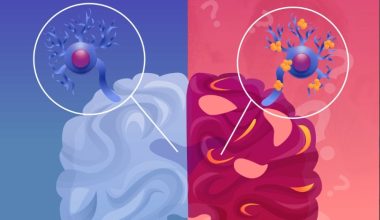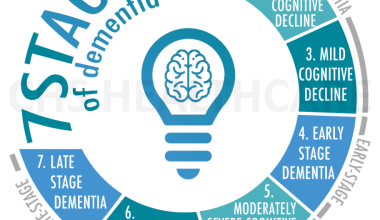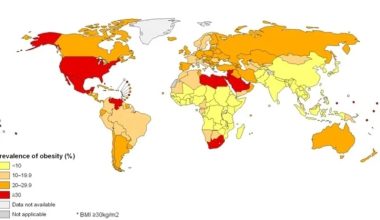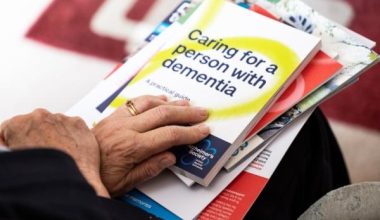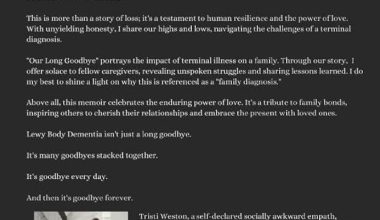As an Amazon Associate, I earn from qualifying purchases
Ten signs that death may be near for someone with dementia include increased physical weakness and a significant drop in speaking or interacting. Other signs encompass changes in breathing patterns and a decreased interest in food or drink.
Experiencing the final stages of life with dementia can be heart-wrenching for loved ones and caregivers. Dementia, a progressive neurological condition, slowly impairs cognitive function, and as it approaches its final phase, distinctive symptoms and signs begin to emerge that suggest the end of life is near.
Recognizing these signs is essential for providing comfort and appropriate care to the individual during their last days. Families and healthcare providers can benefit from understanding these indicators to better prepare for the impending loss and ensure that their loved one receives the most compassionate care as they transition through this final life stage. It’s crucial to create a supportive environment as physical functions decline, ensuring that even as communication falters, emotional connection and comfort remain steadfast.

Credit: fromthehearthomecaresc.com
Recognizing The Final Stage
As dementia progresses into its final stage, certain changes become more pronounced, indicating that a person may be nearing the end of their journey with this disease. Recognizing these signs is essential in providing comfort and appropriate care.
Distinctive Behavioral Shifts
Recognition of the end-stage starts with observing key behavioral changes. Individuals may exhibit increased agitation, moving restlessly or appearing unsettled. They could also show complete withdrawal from their environment, not responding to surroundings or loved ones. Changes may also include irregular sleep patterns, with significant disturbances at night or increased sleep during daytime.
- Increased agitation or restlessness
- Withdrawal from surroundings
- Disturbed sleep patterns
Physical Indicators Of Advanced Dementia
In advanced dementia, the body also undergoes notable changes. Acknowledging these physical cues is vital for providing the right care.
| Indicator | Description |
|---|---|
| Difficulty Eating | Less interest in food, trouble swallowing. |
| Weight Loss | Rapid decline in weight, indicating nutrition issues. |
| Decreased Mobility | Limited movement, may become bed-bound. |
| Change in Vital Signs | Unstable blood pressure, irregular heartbeat. |
| Incontinence | Loss of bladder or bowel control. |
Changes In Communication
As dementia progresses to its final stages, clear communication becomes challenging. Loved ones may notice significant shifts in how the person with dementia expresses themselves and understands others. Let’s delve into two key alterations in communication that may signal death is near.
Regressive Speech Patterns
Regressive speech patterns often emerge as dementia advances. People may revert to simpler, less complex sentence structures. They might use words from childhood or a native language more frequently. This return to earlier ways of speaking signifies profound changes in the brain’s linguistic areas.
- Substitute of complex words with simpler ones
- Increase in nonverbal communication, like gesture
- Repetition of phrases or stories from the past
Decreasing Verbal Responses
Another stark change is decreasing verbal responses. Individuals with late-stage dementia may stop speaking entirely. They may not respond to questions or prompts. This decrease in verbalization is not only a sign of cognitive decline but may also indicate that the body is conserving energy for vital functions as life nears its end.
| Previous Communication Ability | Changes Observed |
|---|---|
| Active participation in conversations | Minimal words, limited engagement |
| Response to questions | Lack of acknowledgement, silence |
Mobility And Movement
As dementia progresses, changes in mobility and movement often signal that the end of life is approaching. These shifts in the ability to move are not only challenging for the individual but also for the caregivers. Understanding these changes can help in providing comfort and the right care during the final stages.
Gradual Loss Of Ambulation
The ability to walk, termed “ambulation,” often declines as dementia enters its late stage. This change can happen slowly. At first, simple tasks like standing or shifting in bed become tough. Little by little, the legs may grow weaker.
Movement slows down, and the risk of falls increases.
- Walking becomes shakier
- Balance problems occur
- Frequent assistance is necessary
This loss of ambulation is gentle yet steady, affecting daily life significantly.
Increased Dependence On Caregivers
As people with dementia lose their mobility, they lean more on caregivers. They might need help with getting out of bed or sitting down. Eating and using the bathroom also become activities that require support.
Sometimes, a wheelchair or a walker might be essential tools for the person.
| Caregiver Tasks | Frequency |
|---|---|
| Helping with mobility | Daily |
| Assisting with daily routines | Several times a day |
| Ensuring safety and comfort | Constantly |
With time, round-the-clock care might be the only way to ensure safety and meet basic needs.
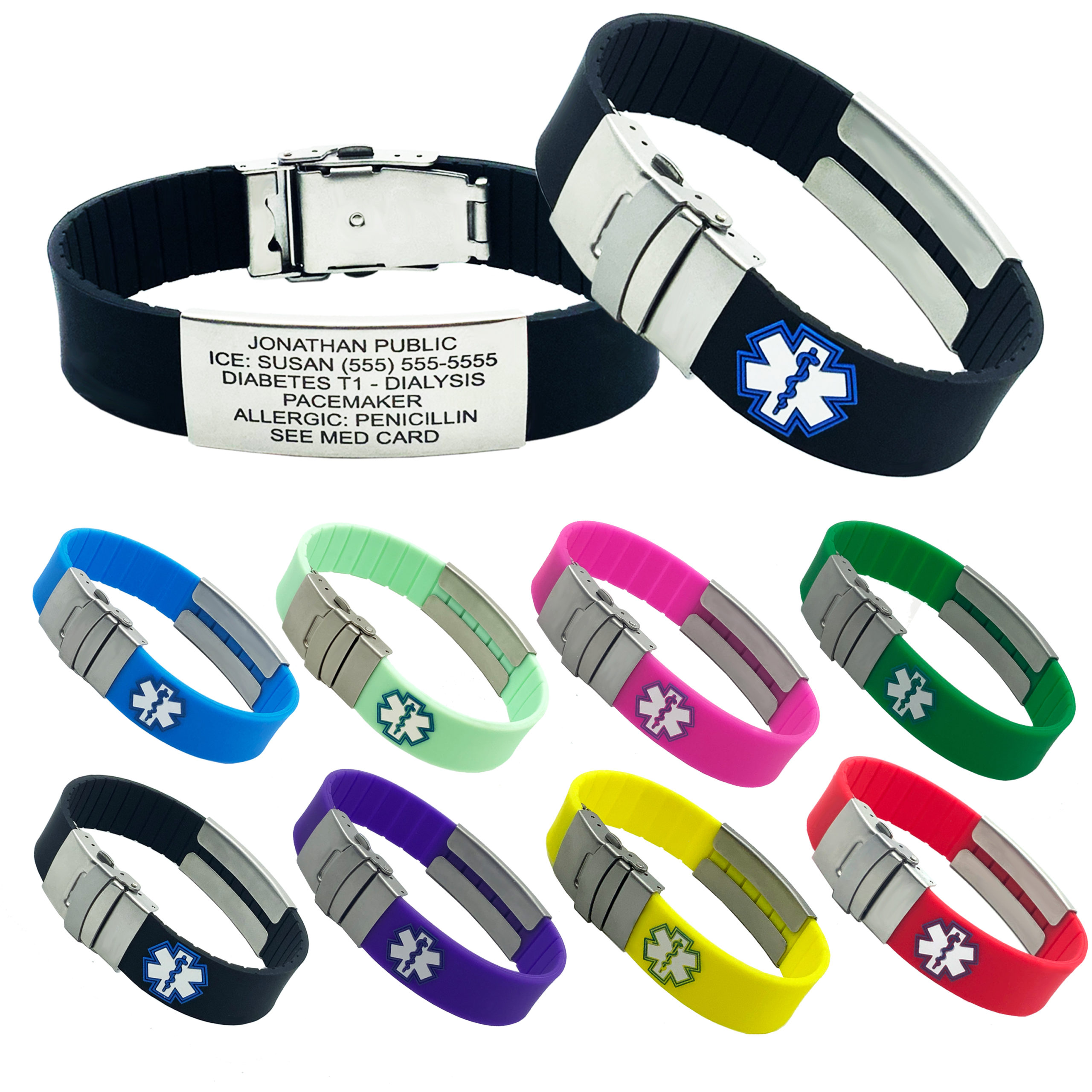
Credit: universalmedicaldata.com
Eating And Drinking Patterns
As dementia nears its final stage, changes in eating and drinking become evident. Such shifts often signal that the body is preparing for the end. Understanding these signs can provide comfort, knowing what to expect in the journey ahead.
Diminishing Appetite
Noticing a decrease in hunger is a common sign in late-stage dementia. Individuals may eat less or refuse meals. This happens because the body’s needs change. It is not that they want to avoid eating, but they no longer feel hungry.
Swallowing Difficulties
Coughing or choking during meals suggests swallowing problems. This sign is serious. It can lead to additional health issues, such as pneumonia from food in the lungs.
| Sign | Explanation |
|---|---|
| Less Interest | Eating becomes less appealing; they may push food away. |
| Eating Less | Portion sizes shrink and meals may go unfinished. |
| Swallowing Issues | Dining can be scary if each bite could lead to coughing. |
- Eating soft, easy-to-swallow foods can help.
- Staying hydrated is crucial, even if it’s just small sips.
- Meals should be calm, quiet, and not rushed.
Alterations In Sleep-wake Cycles
One telling sign a person with dementia may be nearing the end is changes in sleep patterns. These alterations in sleep-wake cycles are often significant.
Extended Periods Of Sleep
As dementia progresses, you might notice loved ones sleeping more than usual. Their body requires extra rest due to the changes happening inside. This increase in sleep time could result in fewer active hours each day. These extended periods of sleep can be a sign that the body is beginning to shut down.
Disruption Of Circadian Rhythms
The body’s natural clock, known as the circadian rhythm, can get out of sync. It often leads to irregular sleep at night and periods of rest during the day. In dementia patients, this disruption is more prominent. Notice for changes such as awake at night or napping frequently during daylight.
- Increased napping
- Difficulty staying asleep at night
- Restless sleep or agitation
Vital Signs And Body Responses
Understanding the signs that death is near for someone with dementia can be heart-wrenching. However, knowing these signs can help provide comfort and peace in the final days. Among these indicators, vital signs and body responses show significant changes as the end approaches. Monitoring changes in heartbeat and breathing can provide clues to the body’s gradual shutdown.
Irregular Heartbeat
An irregular heartbeat, or arrhythmia, often occurs when someone is near death. This can range from a fluttering heart to a slow, uneven pulse. The following points highlight signs to watch for:
- Heart rhythm may vary in speed.
- Pulse strength can weaken.
- Pauses between beats may happen.
Breathing Irregularities
Changes in breathing patterns are common as the end of life draws near. The body slowly loses its ability to regulate this vital function. Signs include:
- Periods of rapid breathing or gasping.
- Long pauses between breaths.
- Shallow breaths that may be hard to notice.
Cheyne-stokes Respiration
Cheyne-Stokes respiration is a specific pattern of breathing that is often seen before death. It involves a cycle of:
- Breathing that gradually becomes more shallow.
- A temporary stop in breathing (apnea).
- A return to normal breathing before the cycle repeats.
Skin And Body Temperature
As death nears for those with dementia, the skin and body temperature may show distinct changes. Monitoring these signs can provide key insights into the final stages of life. The body starts to conserve energy for vital functions, leading to noticeable skin and temperature patterns.
Mottled Skin Patterns
Mottling of the skin is a clear sign that circulation is decreasing. This often starts on the feet, moving upward. Mottled appearance includes irregular shapes and colors. These patterns typically mean that the heart is struggling to pump blood effectively.
Cold Extremities
Hands and feet become cold to the touch as blood flow slows. This change is due to the body’s focus on supporting vital organs. Observing these temperature shifts indicates a significant change in someone’s condition.
Emotional And Social Withdrawal
As someone faces the advanced stages of dementia, they often retreat into a shell. Loved ones might witness shifts in how they interact. They could see less talking and more silence. People with dementia may stop seeking company. They could start to show feelings that are not normal for them. This part of the journey is hard to watch. Let’s explore the signs that show emotional and social withdrawal is happening.
Reduced Interaction With Others
People nearing the end of life with dementia may talk less. They might stay in their rooms more. You might notice they no longer enjoy groups. When you say hello, they might not say hello back. They could seem lost in their own world. This reduced social interaction is a common sign.
- Less talking to friends and family
- Avoiding social gatherings
- Staying in their room often
- Not responding to others
Displays Of Uncharacteristic Emotions
Emotions could change in odd ways. Someone might laugh at a sad story. They might not smile at a happy event. You could see anger, fear, or sadness for no clear reason. These emotional shifts can be a sign that death is near.
| Before | Now |
|---|---|
| Calm | Angry without a cause |
| Happy | Does not smile at joyful moments |
| Sociable | Laughs at unhappy stories |
Such behavior is not what they would usually do. It happens because their brain is changing. They are not doing it on purpose. This is part of the illness.
Remember, kindness and patience are key. It’s tough for them and for you. Watching for these signs helps you give the care and support your loved one needs.Cognitive Decline And Confusion
Cognitive decline and confusion often mark the advanced stages of dementia. These signal that the brain is deteriorating. Loved ones might notice significant changes in the person’s ability to think and remember. Let’s discuss two key signs that death may be near for someone with dementia.
Worsening Of Memory And Recognition
A sharp decline in memory is a telling sign. People with dementia may forget the names of loved ones or struggle to recognize familiar faces. This is heart wrenching to witness. As dementia progresses, the ability to recall important life details or even daily routines fades.
Disorientation To Time And Place
Those nearing the end stage of dementia often lose their sense of time and place. They may think they are living in the past or be unsure of where they are. This disorientation can lead to distress and anxiety, making comfort a top priority for caregivers.
- Repeated questions about dates
- Confusion about current location
- Unfamiliarity with the environment
- Mixing up night and day
End-of-life Preparations
Recognizing the signs that suggest the end of life is near for someone with dementia is crucial. It allows family members and caregivers to make vital end-of-life preparations. These ensure comfort and dignity in the person’s final days.
Arranging Palliative Care
Palliative care is comfort care. It focuses on easing pain and symptoms in those facing terminal illness. Setting up palliative care early ensures the person with dementia lives their last days as peacefully as possible. It’s essential to consult healthcare providers to tailor a plan that addresses the unique needs of someone with dementia.
Palliative care teams often provide:
- Medical support to manage symptoms
- Emotional care for the patient and family
- Spiritual resources for those desiring such comfort
Legal And Ethical Considerations
Legal and ethical plans are a safeguard for honoring the person’s wishes. This involves ensuring legal documents like wills and advance directives are in place. Discussions with family and medical providers help make crucial decisions about the person’s care and property.
Important legal documents include:
| Document | Purpose |
|---|---|
| Last Will and Testament | Describes how to distribute assets and property |
| Advance Directive | Details medical care preferences in critical times |
| Power of Attorney | Grants someone the authority to make decisions |
Addressing these considerations in advance ensures peace of mind. Decisions align with the person’s wishes, and potential conflicts among loved ones are minimized.

Credit: www.umc.edu
Frequently Asked Questions Of 10 Signs Death Is Near Dementia
When Does Dementia Lead To Death?
Dementia can lead to death due to complications like infections or organ failure. Life expectancy varies, typically ranging from 4 to 10 years post-diagnosis.
How Do You Tell A Dementia Patient Their Husband Has Died?
Break the news gently, expressing sympathy and understanding. Use clear, simple language to avoid confusion. Be ready to offer comfort and repeat the information if needed, as dementia patients may quickly forget such conversations.
When A Person With Dementia Is Asking To See Someone Who Has Died?
Gently acknowledge their feelings and memories; it’s not recommended to challenge their reality. Rerouting the conversation to shared stories about the person can provide comfort.
How Do You Say Goodbye To Someone With Dementia?
To say goodbye to someone with dementia, use their name, maintain eye contact, and speak calmly. Keep your tone warm and give a gentle touch if appropriate. Offer a simple “I’ll see you later” rather than a final farewell, to avoid confusion or distress.
Conclusion
Recognizing the signs of approaching death in dementia patients can offer necessary preparation for families. This careful observation aids in providing comfort and support during the final stages of a loved one’s journey. Cherish every moment, and seek guidance to navigate this challenging time with dignity and love.
As an Amazon Associate, I earn from qualifying purchases

